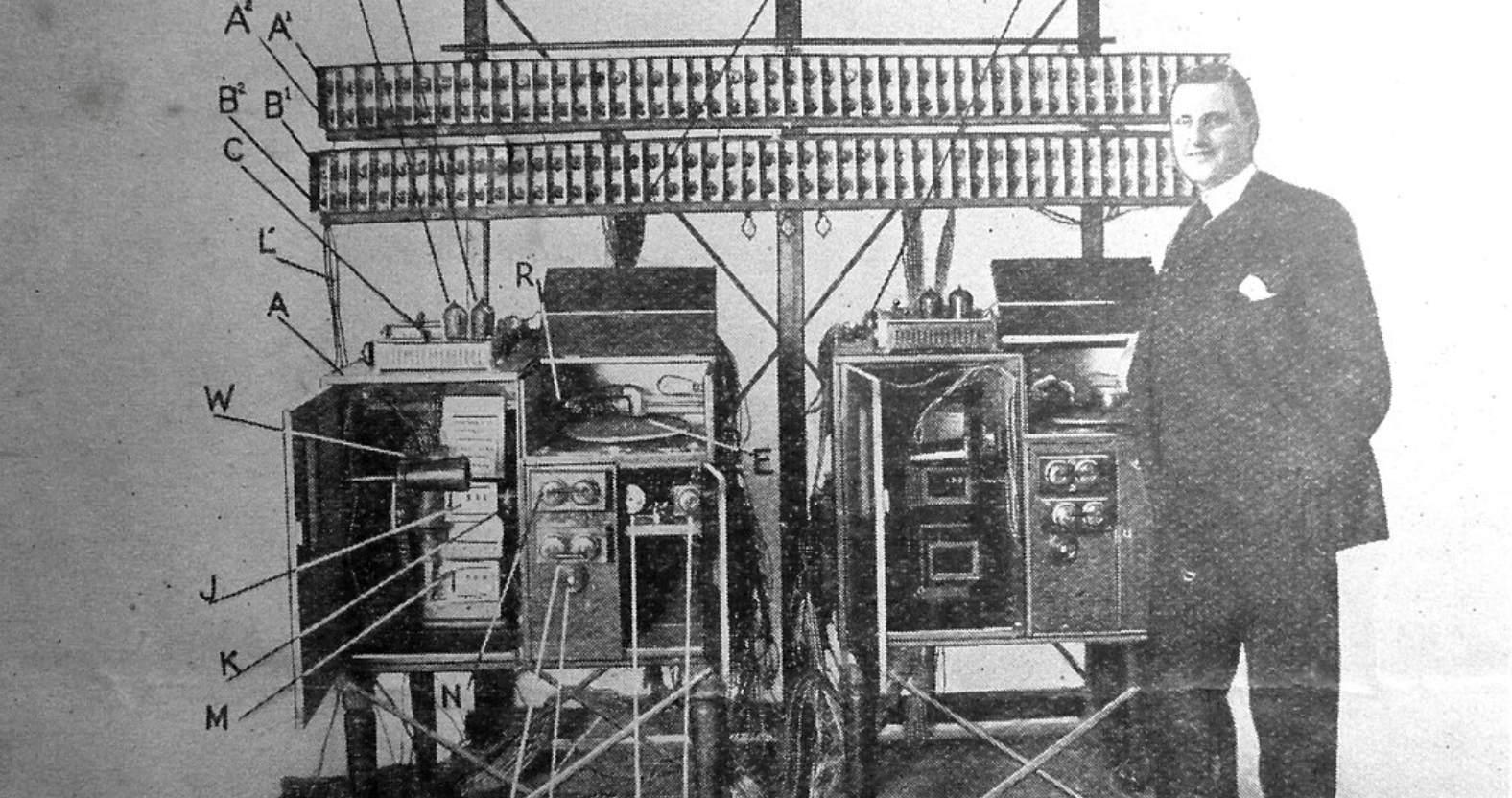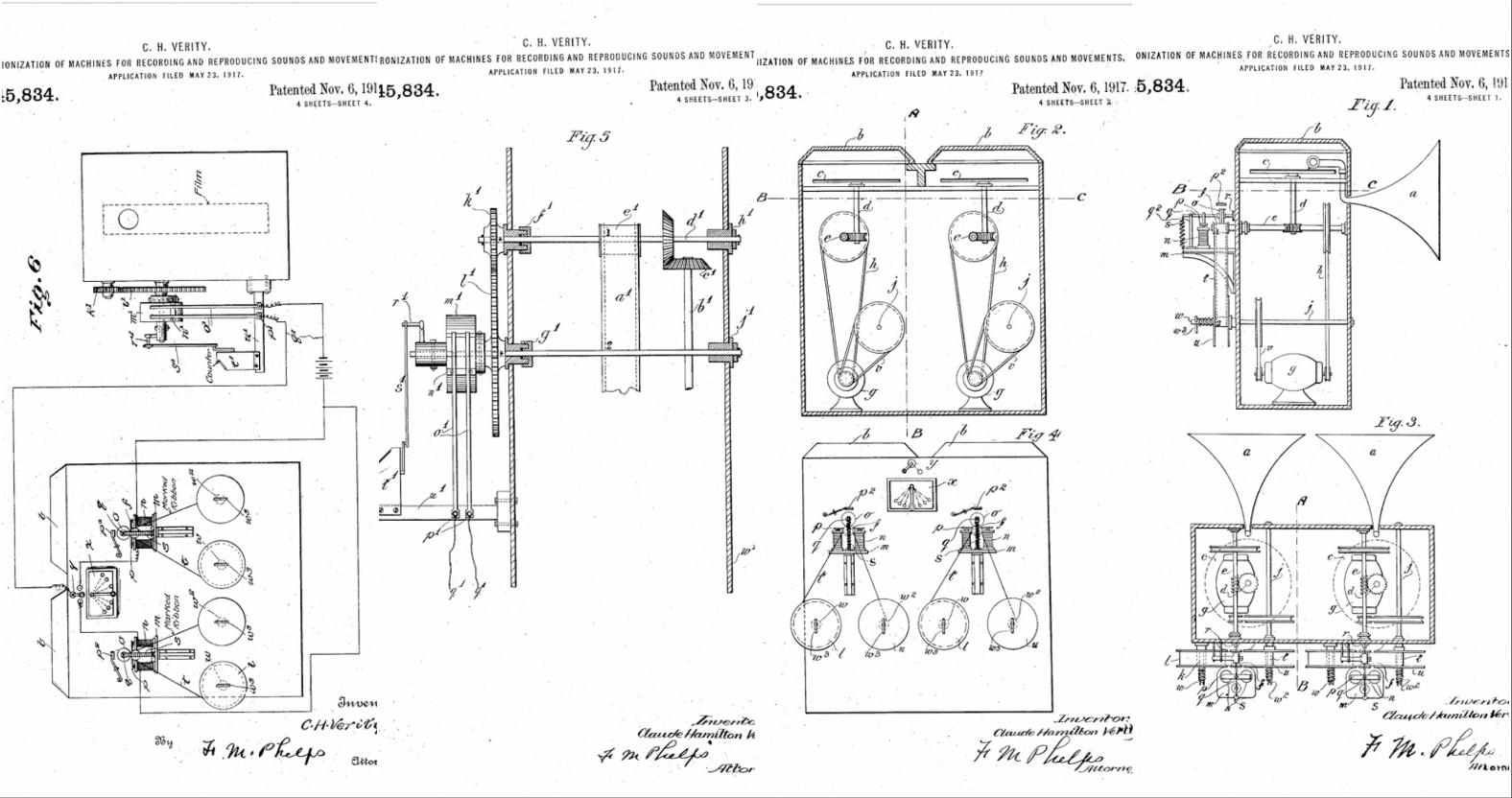Subscribe to trusted local news
In a time of both misinformation and too much information, quality journalism is more crucial than ever. By subscribing, you can help us get the story right.
- Subscription costs less than £1 a week with an annual plan.
Already a subscriber? Log in here.
01
Sept
Free exhibition reveals Harrogate inventor's contribution to talking pictures

The story of one of Harrogate’s most innovative inventors is to be told in a free exhibition this month.
“The Man who gave us the Talkies” unveils the significant contribution to cinema of Claude Verity, who played a pioneering role in the development of movies with sound.
Verity was an unlikely hero. A Leeds hardware merchant with a passion for innovation, he registered many patents – for stoves, revolving doors and electric radiators, even “an apparatus for the inhalation of medicated vapours”. But he is best remembered for his work in film.
In a secret workshop built at the back of his house on East Park Road, Verity developed his own solution to a problem that had baffled filmmakers for decades: how to synchronise sound with moving pictures.
After much work (he later estimated he had spent £7,000 on his experiments – equivalent to nearly £500,000 in today’s money), he finally demonstrated his Veritiphone on April 28, 1921, showing an audience in the Royal Hall two complete films – with speaking actors. Four performances of the films attracted more than 5,600 people.

An advert from the time.
Although many other inventors were working on rival solutions at the time, Verity’s achievement has been hailed by some as a world first.
Nigel McClea of Harrogate Civic Society told the Stray Ferret:
Our belief is that, before Verity, any attempts at synchronisation had, at best, been ‘end of the pier’ stuff, or short excerpts or adding music or musical effects where complete synchronicity was unnecessary.
Verity, as far as we can establish, was the first in the world with his Veritiphone to succeed in fitting two complete films with accompanying sound effects and speech – effectively a dubbing process.
If nothing else, I like to think that Verity illuminates a very interesting piece of history, even if he sank into obscurity when his technology turned out to be the Betamax to Warner Bros’ VHS!

Diagrams that accompanied Verity's 1917 US patent show how complicated the technology was.
Ultimately, Verity’s technology was not adopted – The Jazz Singer, which is widely regarded as the world’s first ‘talking picture’, was released in 1927 using a different system.
The mobile exhibition, which will be held in the Royal Hall – where Verity first publicly demonstrated his invention – and the West Park Centre on Victoria Avenue, is the work of well-known local historian Terry-Mike Williams of the New Park Heritage Centre.
He told the Stray Ferret:
Claude was a very small cog in a very large machine, but without his work things wouldn’t have progressed the way they did.
He certainly had a great deal of skill – his Veritiphone was a very complicated machine. The sound needed to come from behind the screen, but the projector was at the back of the hall, and he found a way to synchronise them to within 1/24th of a second. It was very clever.
It sparked other people to build on his work and progress the technology, and because of Claude’s work, they had more to go on.
A brown plaque to commemorate Claude Verity will be unveiled at 9 East Park Road later this year. The plaque is a joint project of the Harrogate Civic Society and the Harrogate Film Society and has been supported by the Verity family and Harrogate property agents Verity Frearson, whose founders are related to Claude.
“The Man who gave us the Talkies” will open on September 10 and 30 in the Royal Hall, and will be mounted between those dates at the West Park Centre on Victoria Avenue. Admission is free.
0